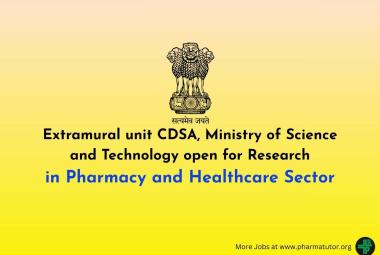A REVIEW ON MUSSAENDA SPECIES
 About Authors:
About Authors:
Bharathi.V*, SwarnaLatha.D, M.Sreenivasulu
Annamcharya college of pharmacy, newboyana pally, rajampet(M),
kadapa(dt). Andhara Pradesh, India.
*bharu.v.net@gmail.com
ABSTRACT:
Medicinal plants have played an essential role in the development of human culture. Many of the modern medicines are produced indirectly from medicinal plants, for example aspirin. The present study was concentrated on past work reported on the some mussaenda species and study of different activities and phyto constitutions reported on mussaenda species. The genus Mussaenda (rubiaceae) is an important source of medicinal natural products, steroids, flavonoids, glycosides and only a few number of species reported positive for alkaloids and tannins. Many Mussaenda species were reported to possess anti-oxidant, anti-inflammatory in different models, analgesic, antimicrobial, diuretic, antiphlogistic and antipyretic, acute gastroenteritis and dysentery, anti- fertility activity, antiviral property , antibacterial effect rarely for hepato protective activity and wound healing activity.



 About Author:
About Author: About Authors:
About Authors: About Authors:
About Authors:  About Author:
About Author:  About Authors:
About Authors:  About Authors:
About Authors: About Authors:
About Authors:  About Authors:
About Authors: About Authors:
About Authors: 





